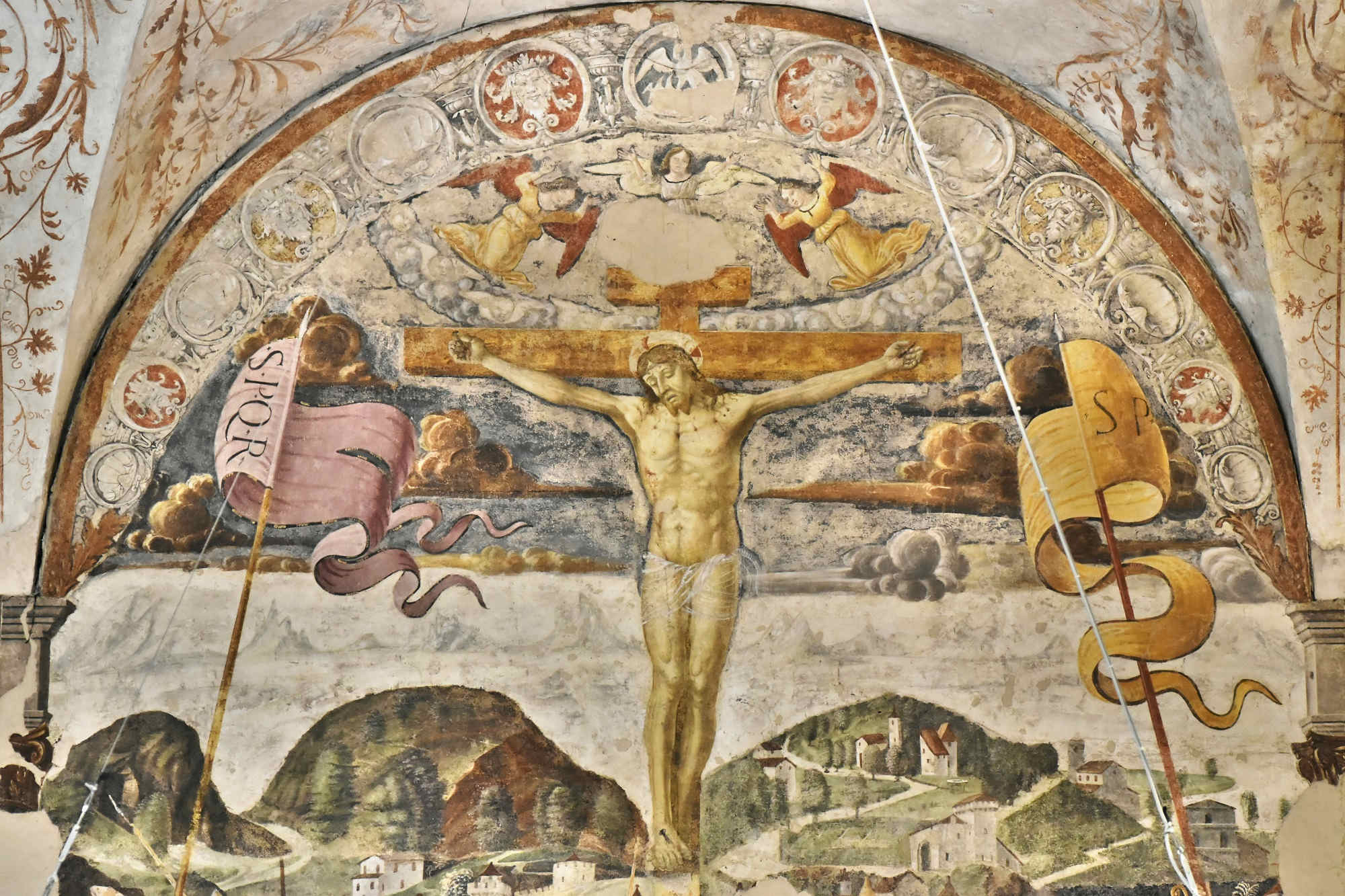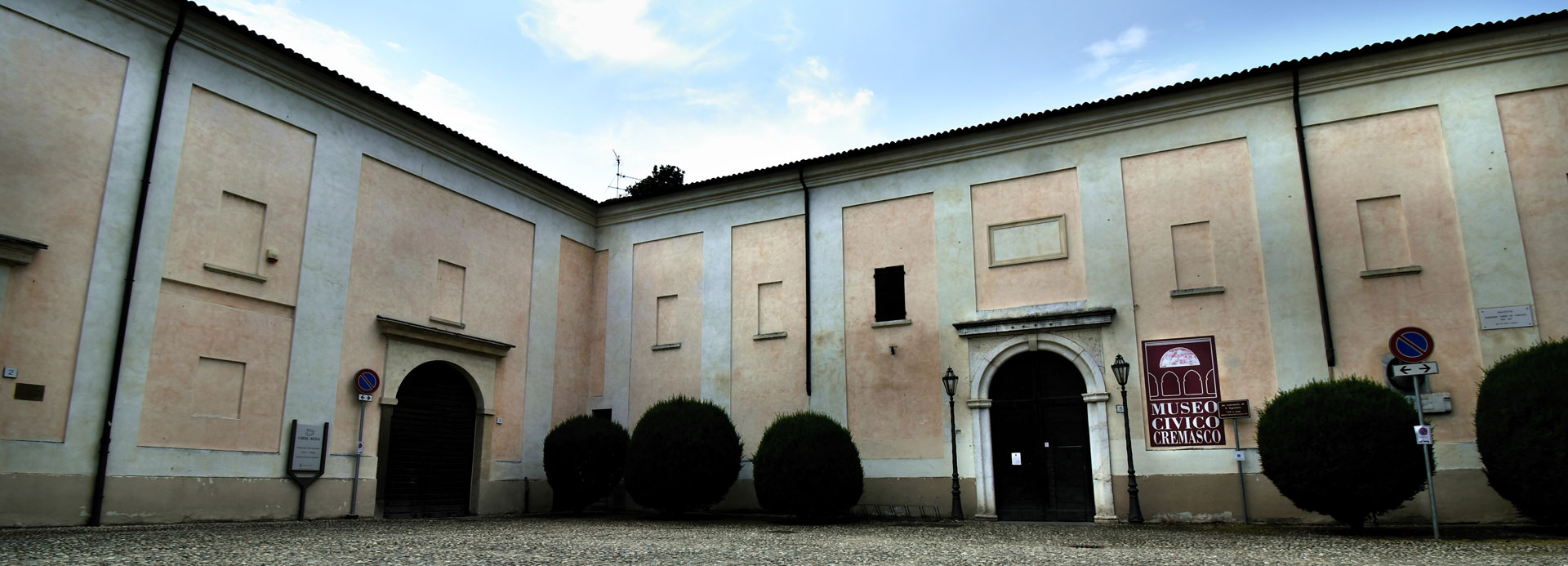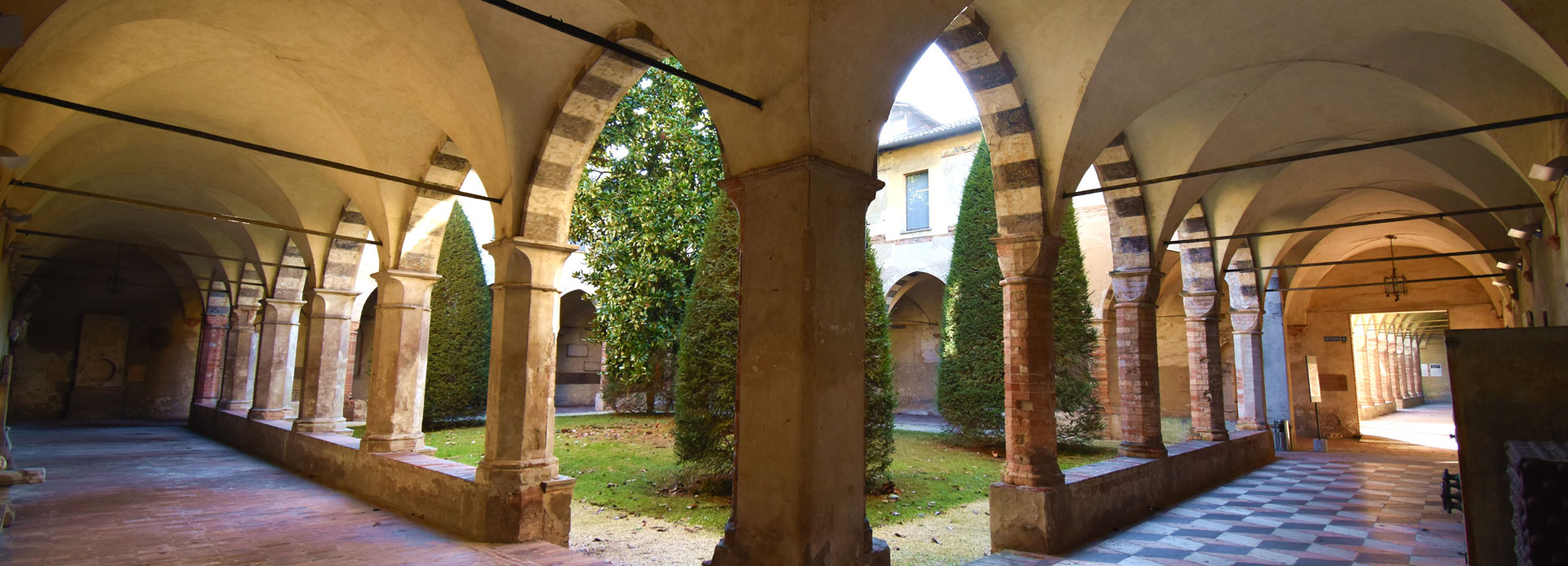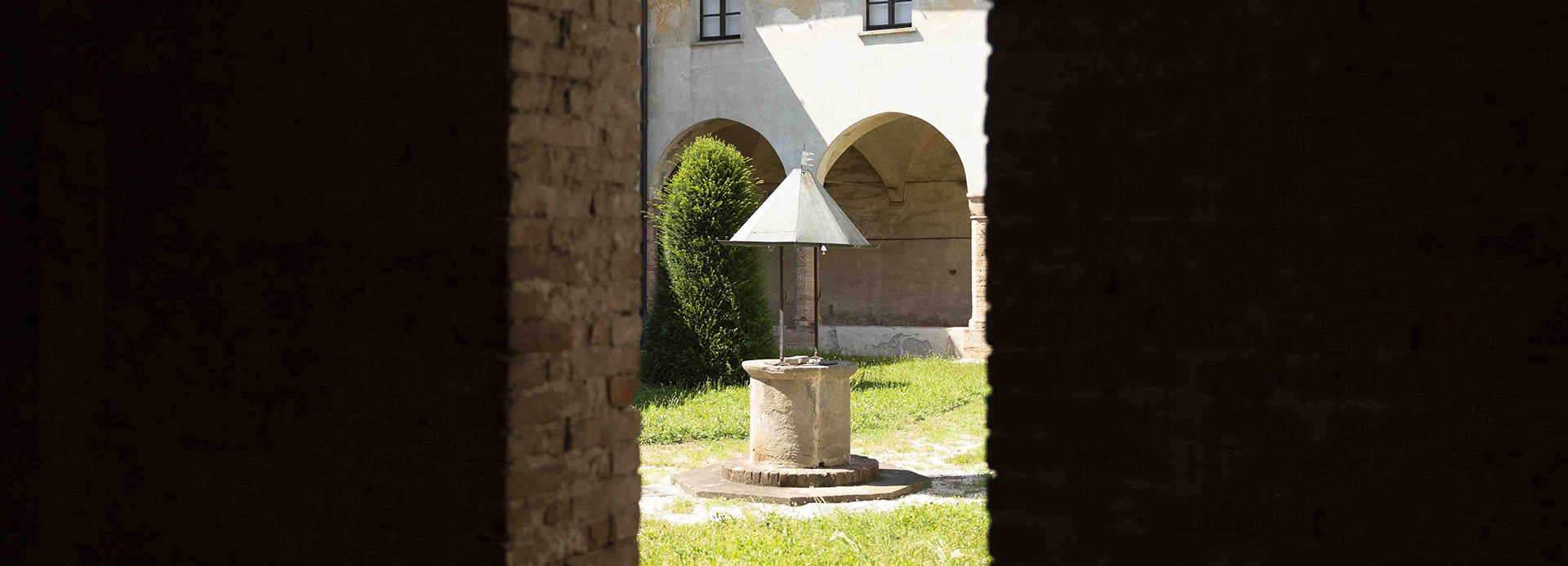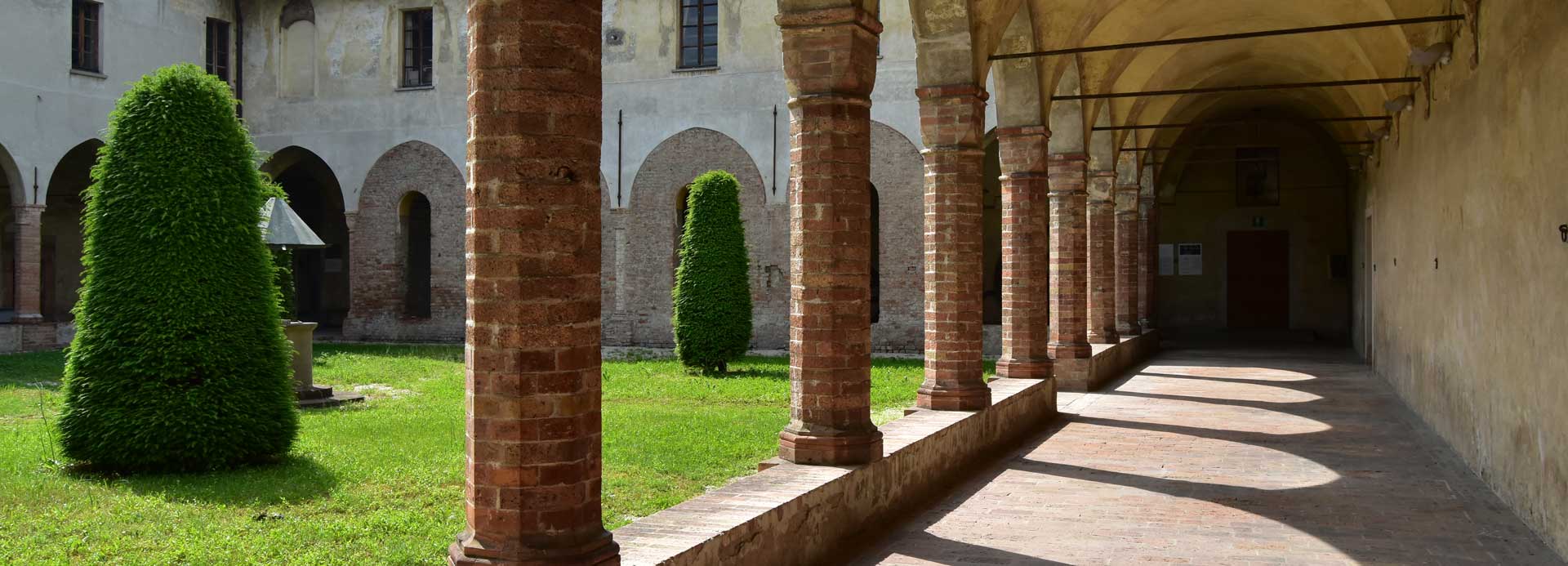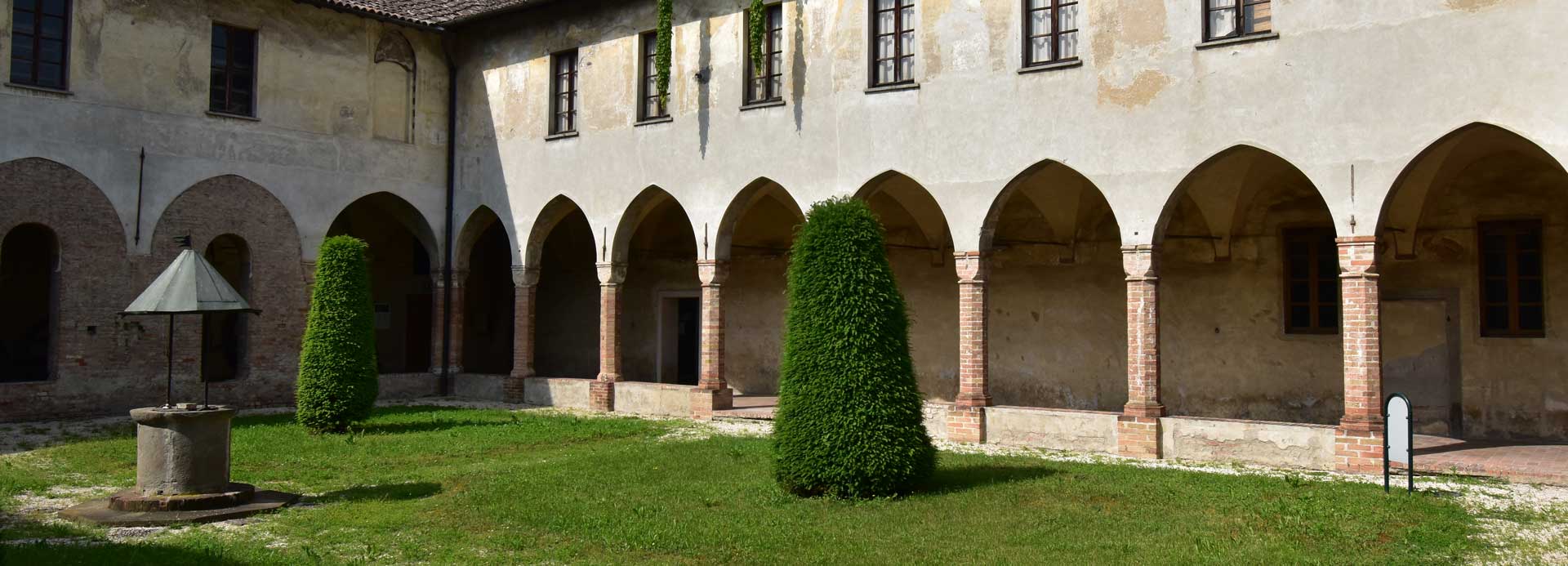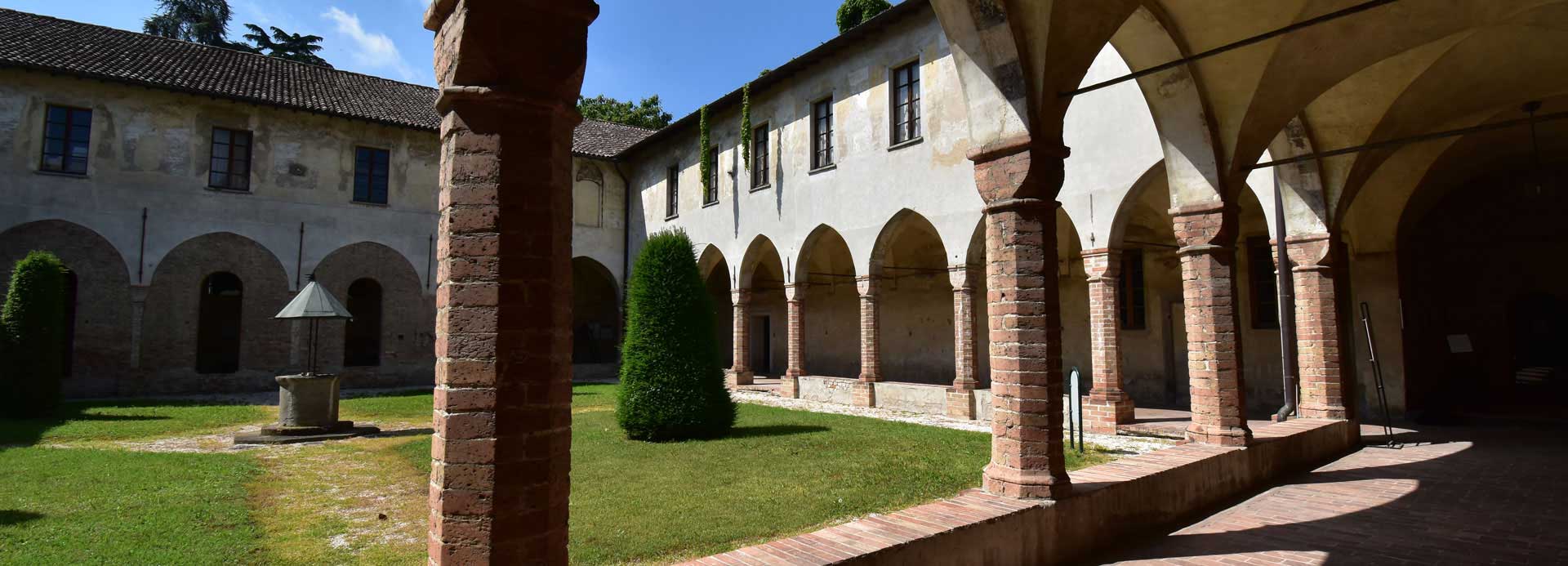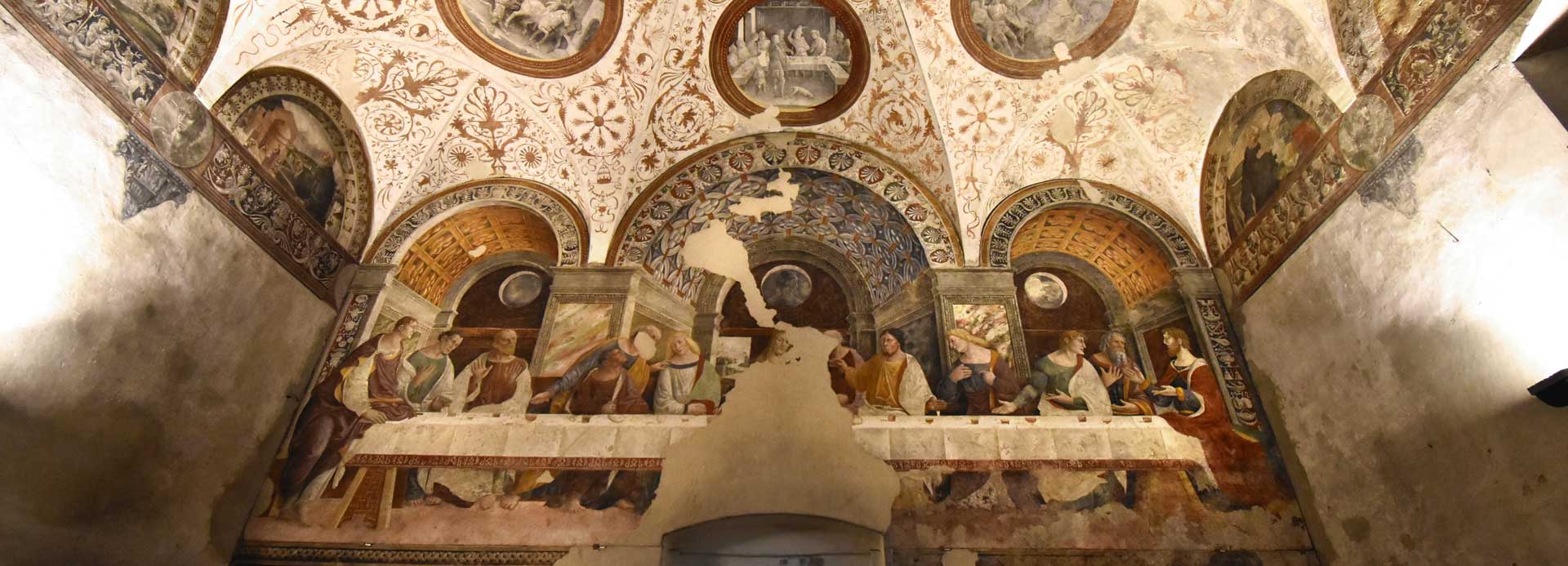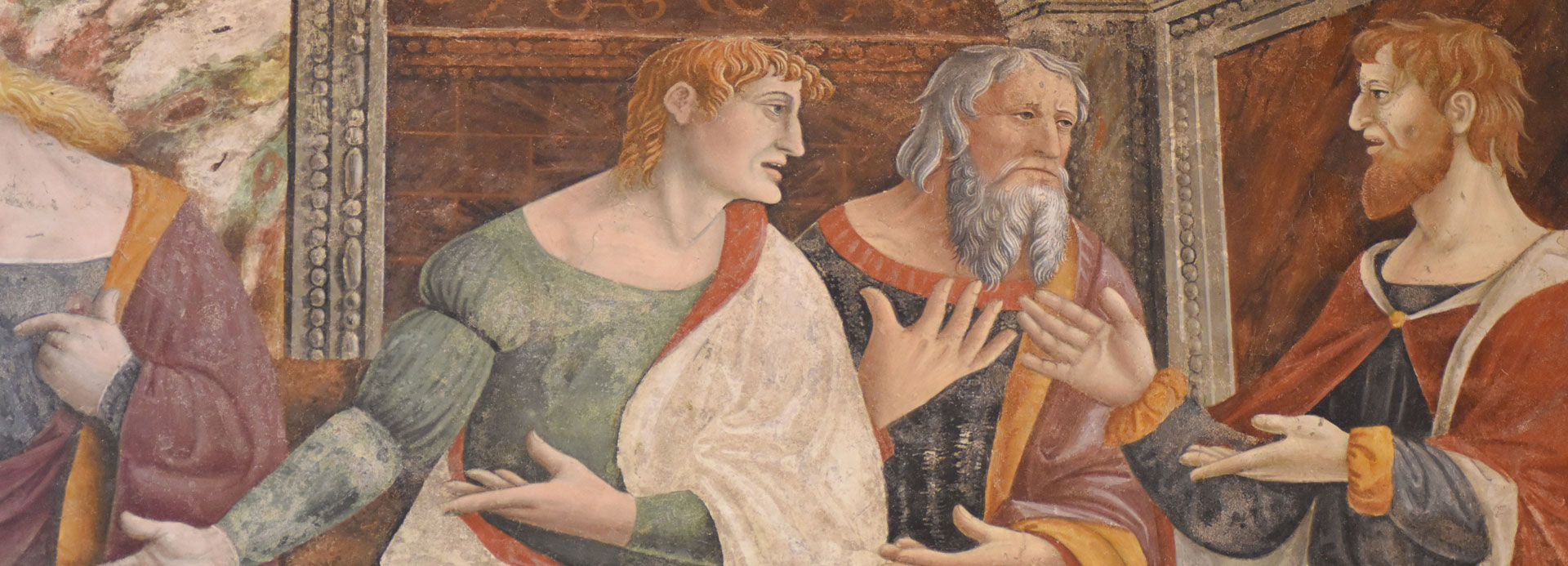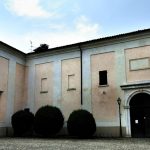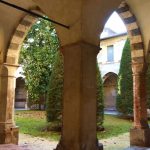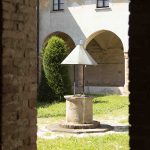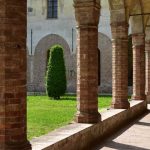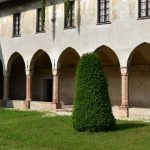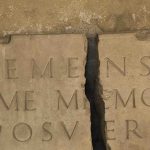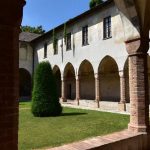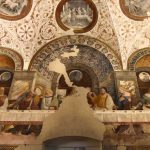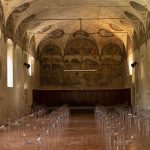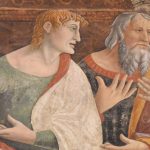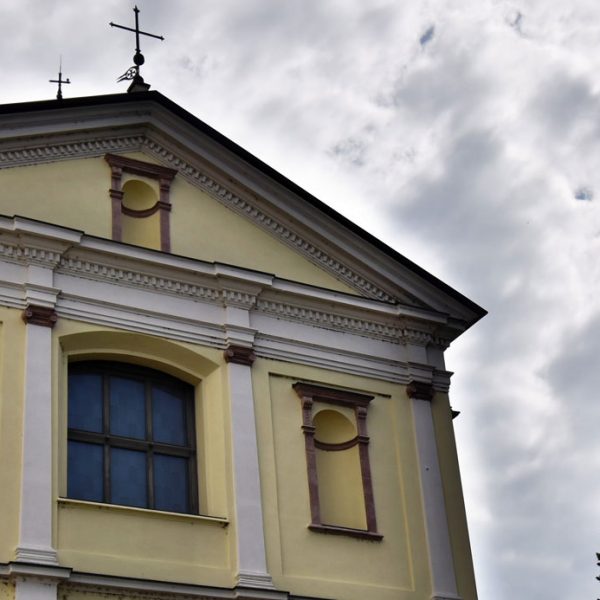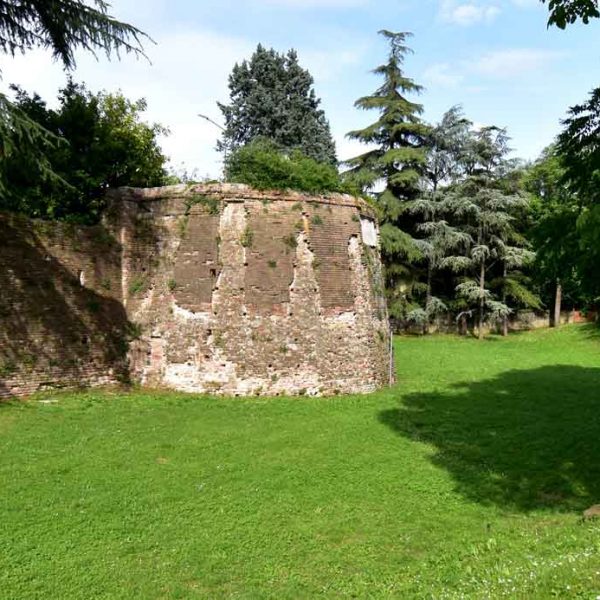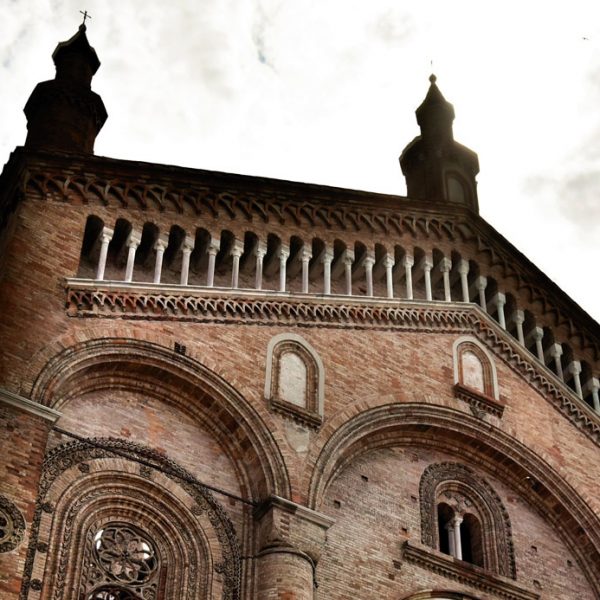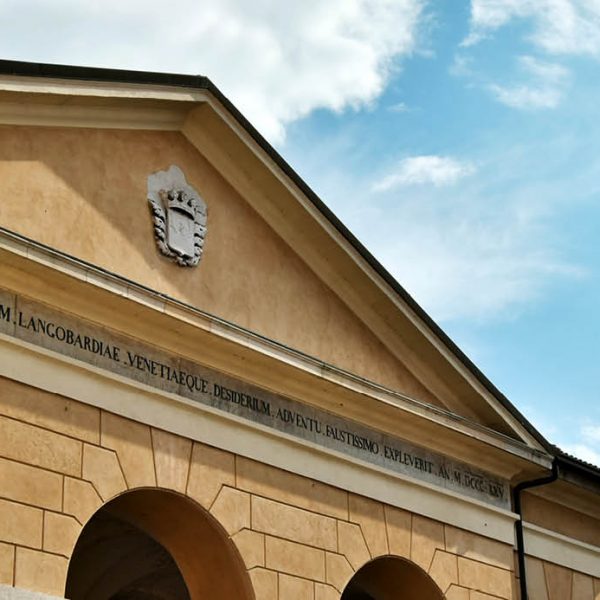 Tutti i luoghi
Tutti i luoghi
Centre of Culture and Arts
This once monastic complex today hosts the Crema Centre of Culture and Arts and includes the Civic Museum and a number of venues which host events, concerts and temporary exhibitions.
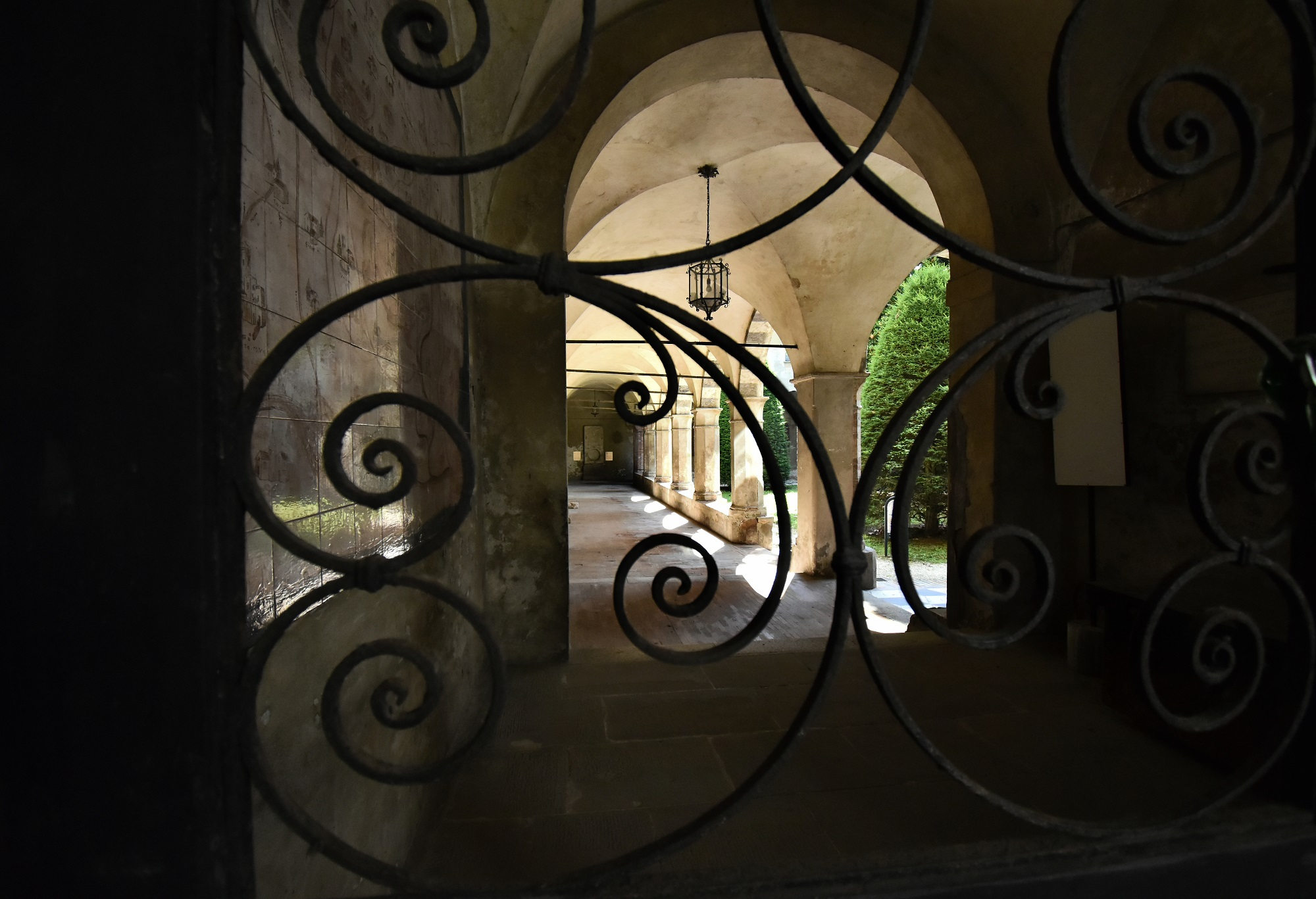
The complex was built thanks to an inheritance left by Gian Tommaso Vimercati in 1422. In an attempt to expiate his family, well-known for the practice of money lending, Vimercati left a number of buildings in his will in order that they be made into a church dedicated to the Annunciation and a monastery of the hermit monks of the order of Saint Augustine. In reality, the foundation and construction of the complex only began after a series of developments, thanks to the Blessèd Giovanni Rocco de Porzi Da Pavia, the first prior. As well as overlooking the construction, he also paved the way for the settling of the Augustinian order in Lombardy
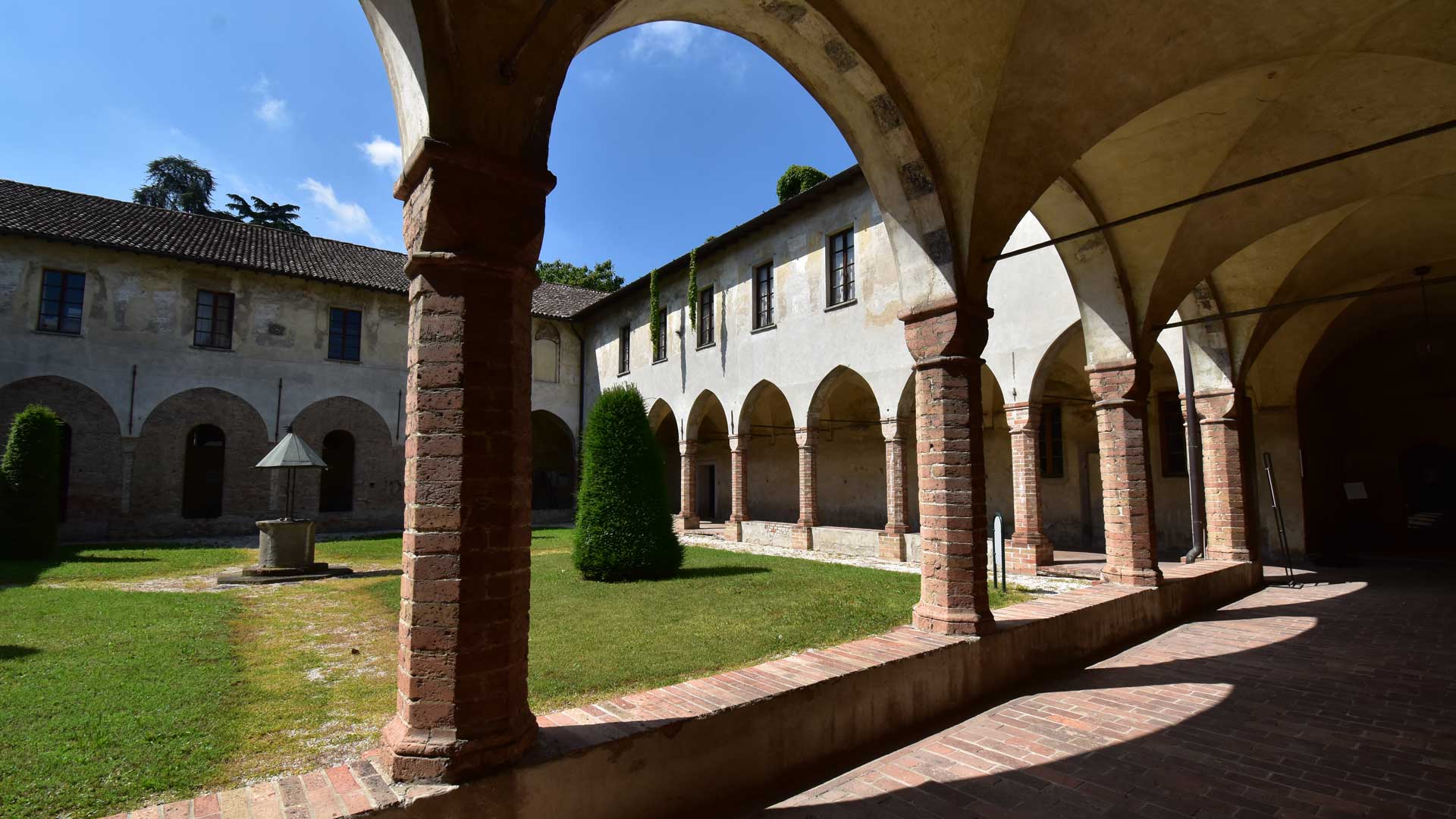
The convent or monastery in Crema answered a need for spiritual renewal and a humanistic vision and interpretation of the story of religious salvation, which had spread throughout the Lombard province and well beyond. So much so that, in 1539 there were 77 convents and monasteries which were dependent on the congregation of Crema, including those of Santa Maria della Cella in Genova, Sant’Agostino in Bergamo, Santa Maria Incoronata in Milan, Sant’Agostino in Cremona, Santa Maria del Popolo in Rome, Sant’Agnese in Mantova and others in Pavia, Brescia, Bassano, Naples, Savigliano and Savona.
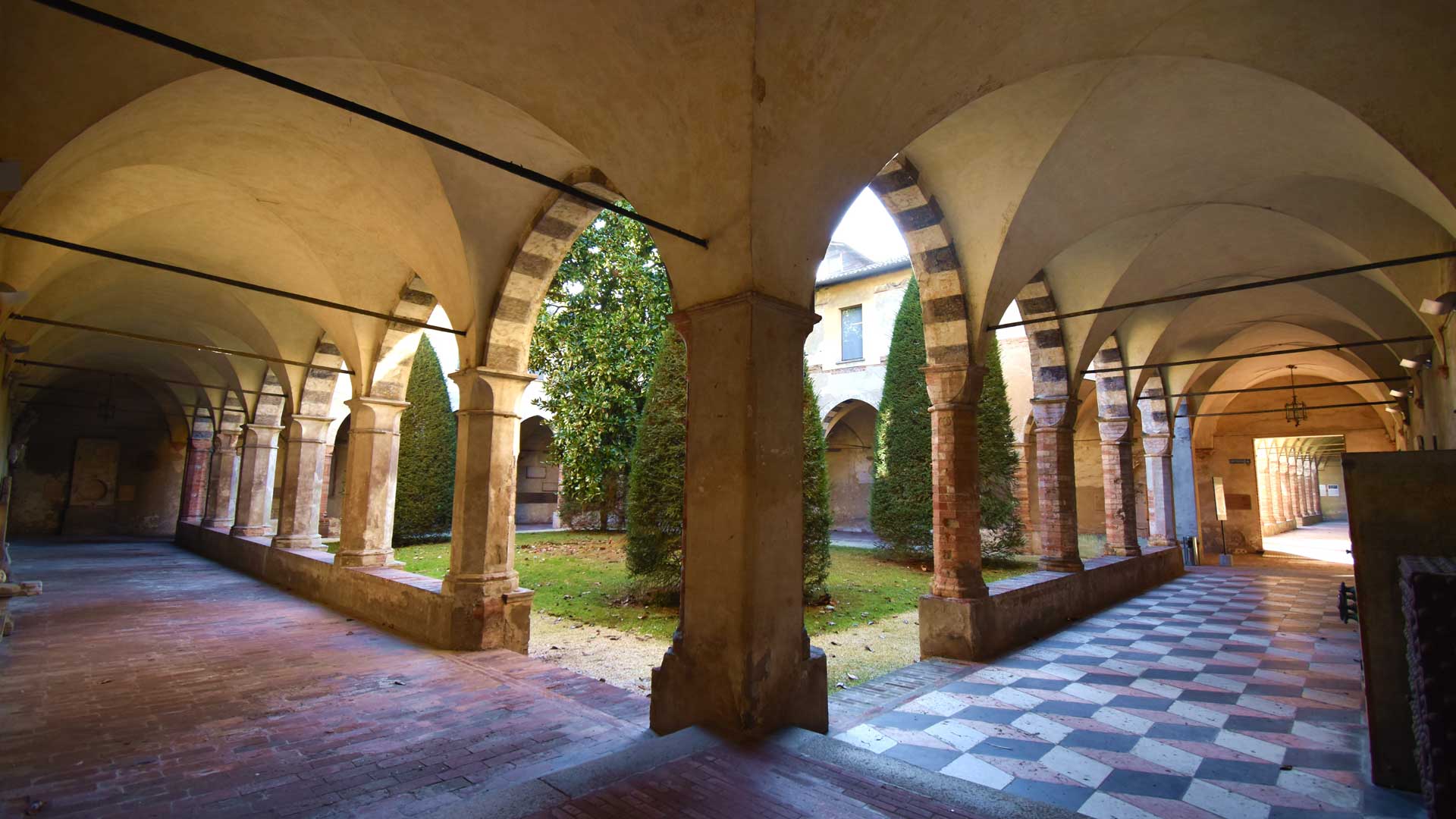
The church was finished in 1466 and looked onto the east side of the piazza. Renovations began in 1641 under the supervision of the Milan architect, Francesco Richini. However, in 1797 further restoration was suspended and it was subsequently demolished between 1830 and 1840. Fortunately, the large convent survived. It was completed in 1497 and flows around two cloisters of pointed arches supported by brickwork pillars with square capitals.
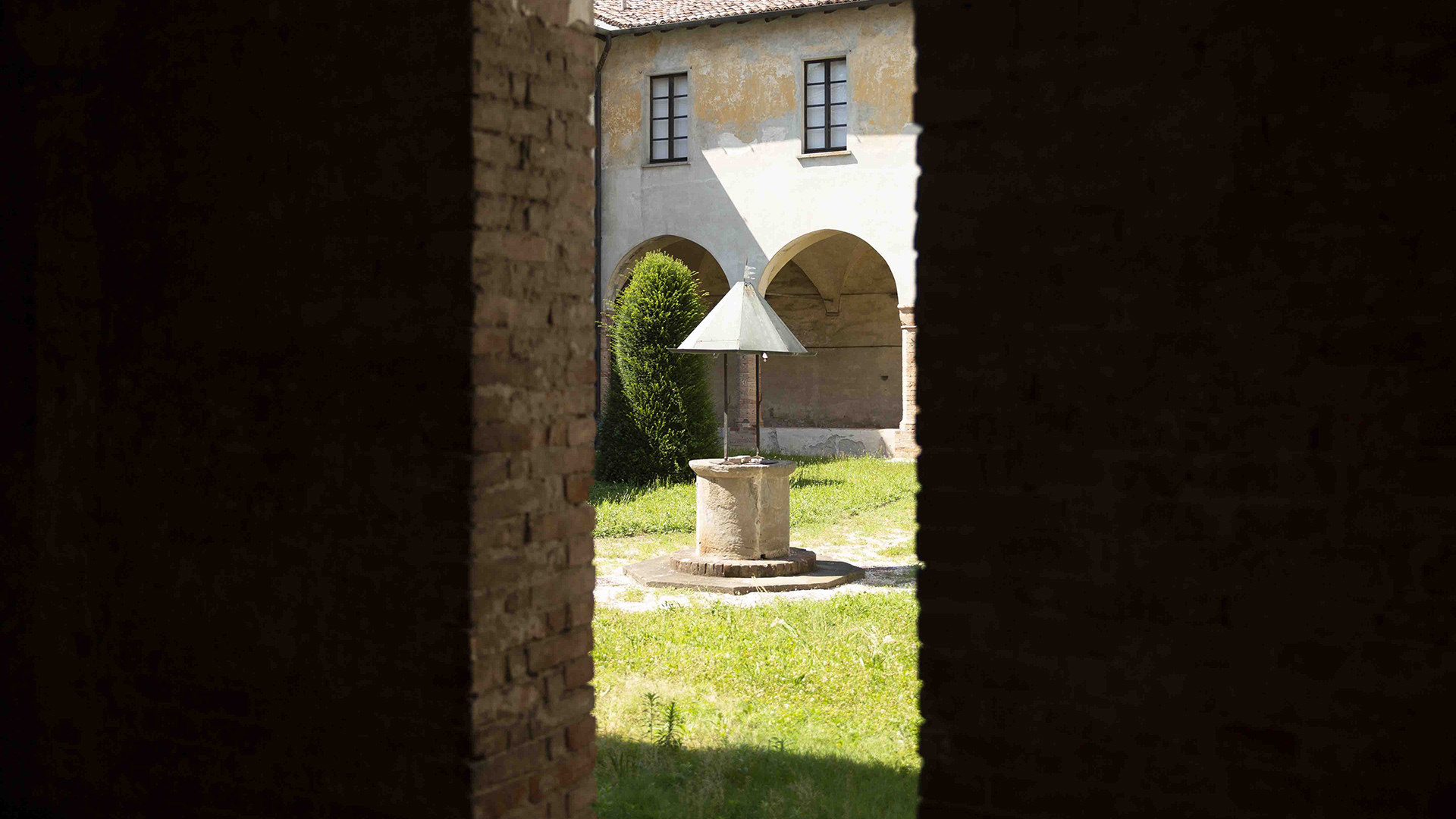
When the Friars finally abandoned the complex it was first given over as a hospital for the infirm and then subsequently used as barracks. In 1958 the area was bought by Crema town council, who promoted its restoration and its destination as home to the public library, (now located in Palazzo Benzoni), and given over as museum space for the Museo Civico di Crema e del Cremasco.
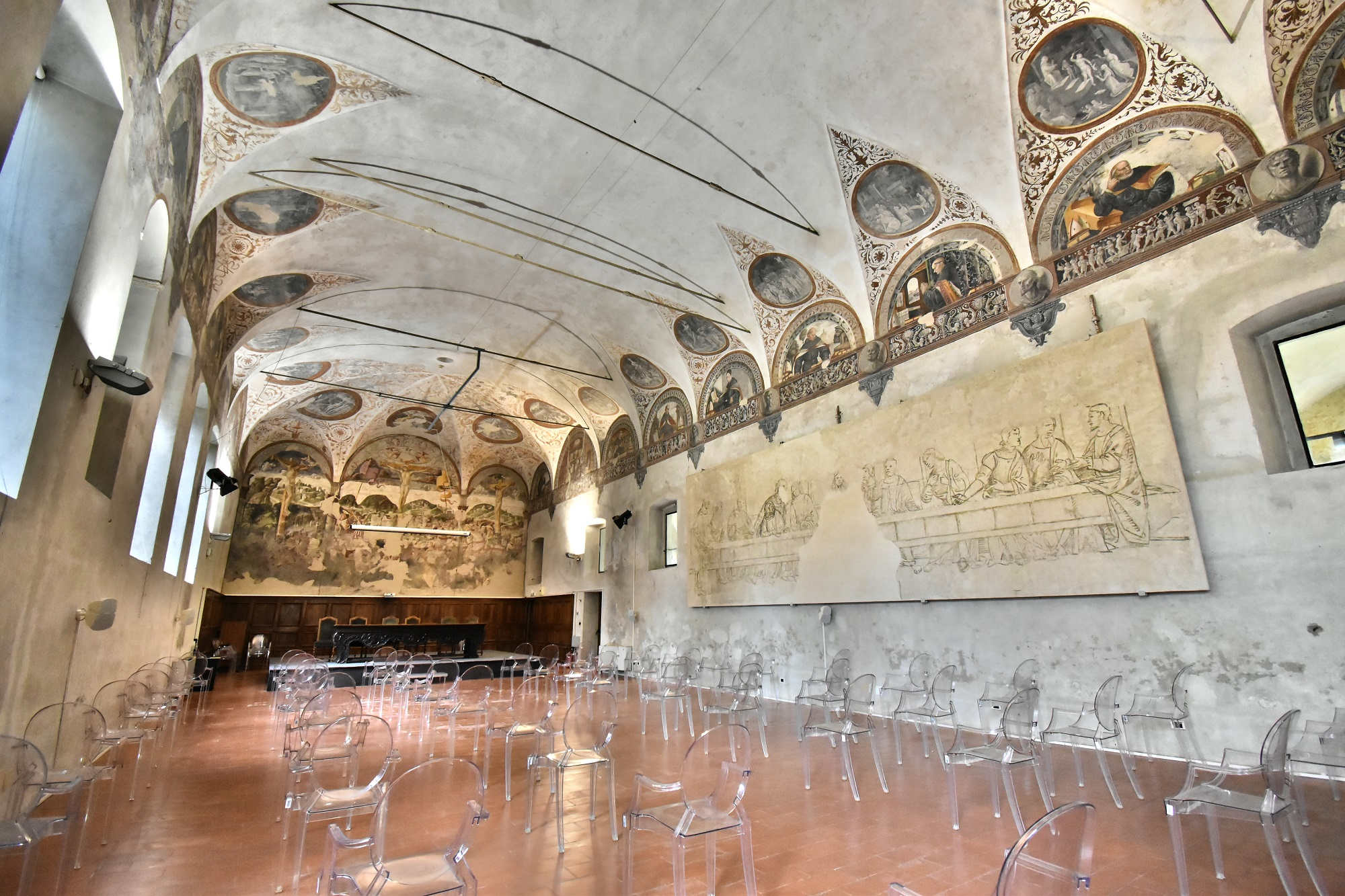
The door to the first cloister leads to the “Sala Capitolare”, with its collection of miscellaneous antiquities, which today is often used as a venue for contemporary art exhibitions. The wonderful, old, convent refectory can be reached at the end of the second cloister and is called “Sala Pietro da Cemmo”, after the painter who decorated the refectory with its beautiful frescoes which can still be admired today. The two principal frescoes are The Last Supper, where some of the preparatory sketches can also still be made out, and The Crucifixion.
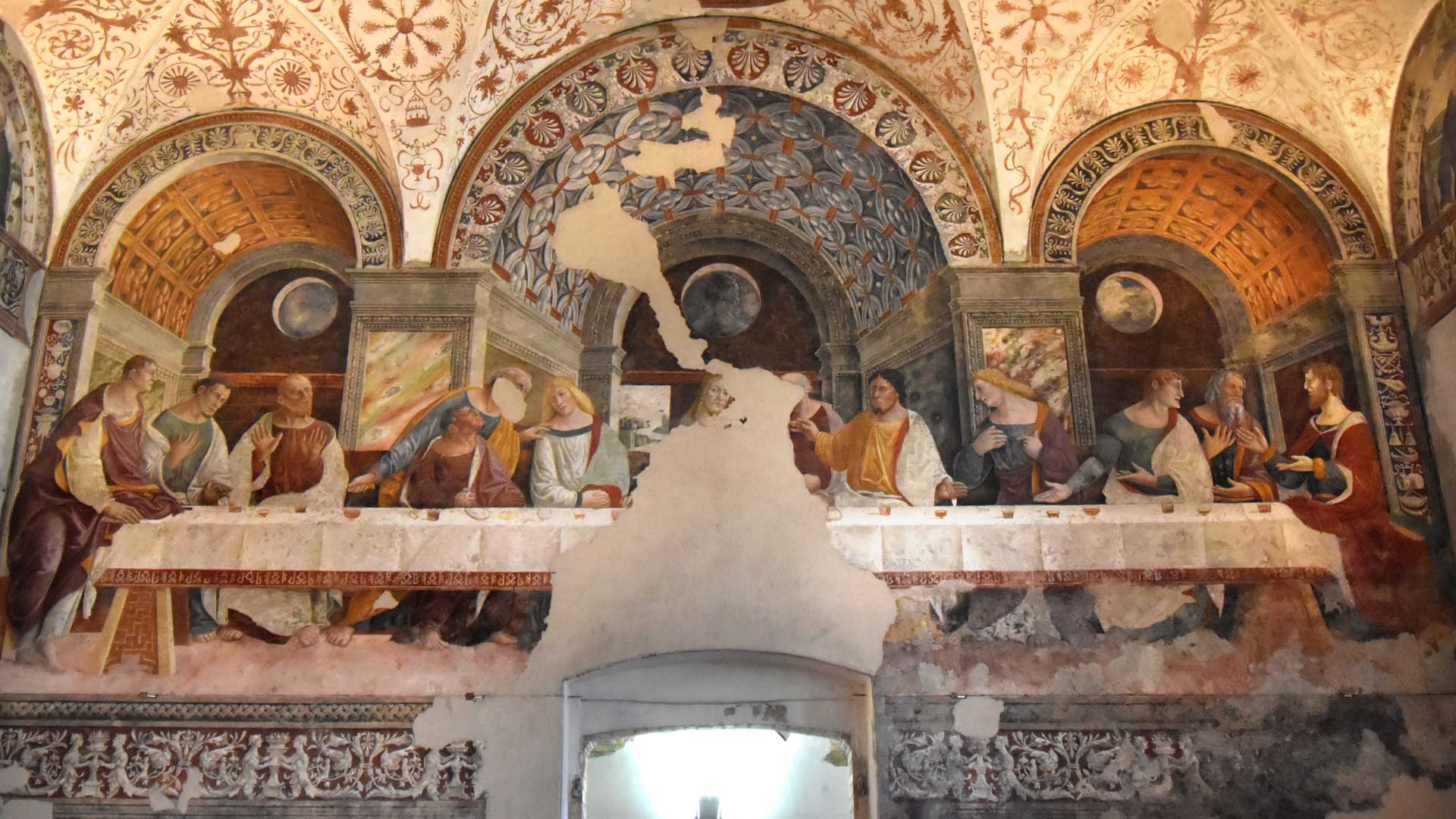
The side walls are decorated with semilunar-shaped niches bearing the portraits of a number of illustrious Augustinians. The first niche on the right on entering the refectory bears a representation of the Blessèd Giovanni Rocco de Porzi Da Pavia, founder of the monastery. In the frieze below The Last Supper, it is just possible to make out the date 1507, when the frescoes were completed.
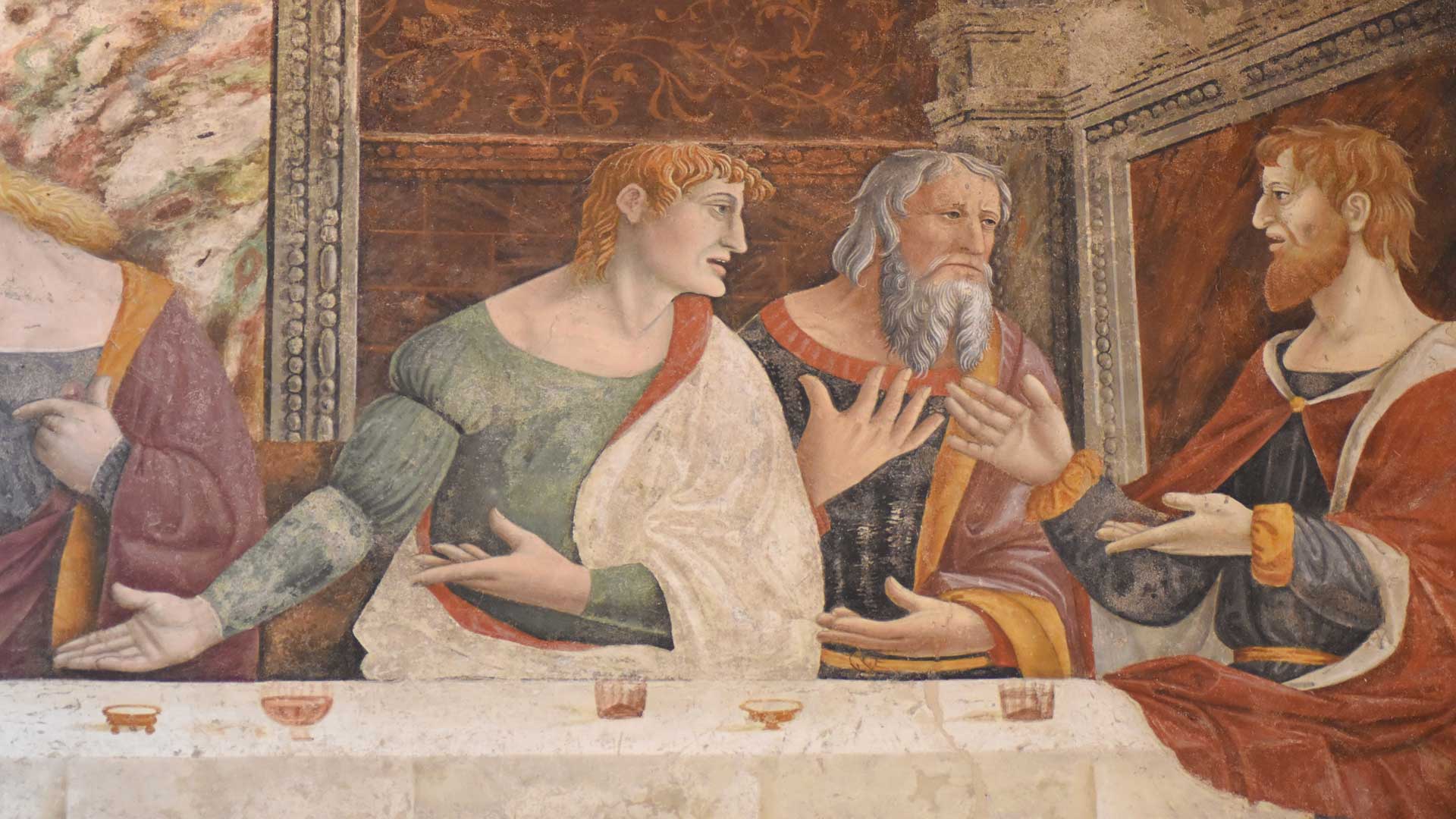
On your return through the cloister, you will see a large stairway which leads up to what was once the original convent library and which today is known as the “Sala Cremonesi”. This room has a decorated wooden ceiling with paintings, the oldest of which feature representations of Saint Augustine and others decorated with symbols, which were probably created to replace the original paintings when they became damaged.
